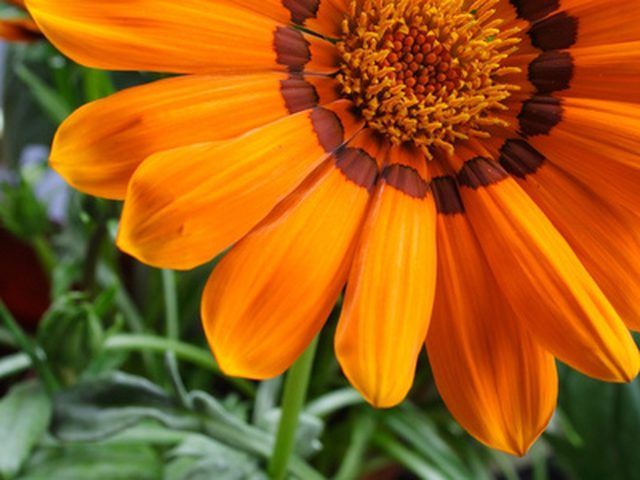Bulbs
Flower Basics
Flower Beds & Specialty Gardens
Flower Garden
Garden Furniture
Garden Gnomes
Garden Seeds
Garden Sheds
Garden Statues
Garden Tools & Supplies
Gardening Basics
Green & Organic
Groundcovers & Vines
Growing Annuals
Growing Basil
Growing Beans
Growing Berries
Growing Blueberries
Growing Cactus
Growing Corn
Growing Cotton
Growing Edibles
Growing Flowers
Growing Garlic
Growing Grapes
Growing Grass
Growing Herbs
Growing Jasmine
Growing Mint
Growing Mushrooms
Orchids
Growing Peanuts
Growing Perennials
Growing Plants
Growing Rosemary
Growing Roses
Growing Strawberries
Growing Sunflowers
Growing Thyme
Growing Tomatoes
Growing Tulips
Growing Vegetables
Herb Basics
Herb Garden
Indoor Growing
Landscaping Basics
Landscaping Patios
Landscaping Plants
Landscaping Shrubs
Landscaping Trees
Landscaping Walks & Pathways
Lawn Basics
Lawn Maintenance
Lawn Mowers
Lawn Ornaments
Lawn Planting
Lawn Tools
Outdoor Growing
Overall Landscape Planning
Pests, Weeds & Problems
Plant Basics
Rock Garden
Rose Garden
Shrubs
Soil
Specialty Gardens
Trees
Vegetable Garden
Yard Maintenance
How to Plant Wild Flowers in Containers
How to Plant Wild Flowers in Containers. Growing wildflowers in containers can be easy and rewarding, provided that the ideal conditions for the flowers are recreated in the pot. Without the appropriate soil moisture or sunlight, not even native plants can survive. Wildflower container gardening is perfect for apartment-dwelling gardeners and yard...

Growing wildflowers in containers can be easy and rewarding, provided that the ideal conditions for the flowers are recreated in the pot. Without the appropriate soil moisture or sunlight, not even native plants can survive. Wildflower container gardening is perfect for apartment-dwelling gardeners and yard gardeners alike. It has the added advantage of allowing gardeners to cultivate specimen plants that garden soil can't support, or that have excessive water needs. Container plants are easy to relocate without damaging the root system.
Things You'll Need
Pots
Potting soil
Lay a loose layer of pottery shards in the bottom of the pot to prevent soil from falling through the holes when the plant is watered.
Add potting soil, compost or both, a little bit at a time, pressing down on the soil as you work to eliminate air pockets. As you get close to filling the pot, arrange the plants, allowing plenty of space for growth. Leave 1 inch between the top of the soil and the edge of the pot to act as a reservoir when watering and to prevent water from overflowing the edge.
Add mulch to cover the soil. Mulch keeps the soil from drying out too fast in the heat of the day, preserving water.
Plant seeds according to the directions on the seed packet. Make your own wildflower mixture by mixing the seeds of your favorite annuals and planting them in the same pots or window boxes.
Tips & Warnings
Consider the amount of daily sunlight and shade that your container garden's location will receive and---if they are located on a ground-floor patio or balcony--how likely they are to interfere with passersby or neighboring walkways.
Decide between clay or plastic pots. Pots made from clay and other porous materials absorb water more quickly than plastic or non-porous pots. Clay is also heavier than plastic, which is something to consider if you plan to move the pots around or move them indoors during the winter.
Select compatible plants for a given container. Compatible plants share the same light and water requirements. Plants may be compatible even if they bloom at different times. This may be more desirable as it allows for pots with changing themes and colors.
It is against federal law to collect any plants or plant parts from state or national parks. Even native plants should be left where you find them. Rather than uprooting native plants, consider collecting their seed pods about one month after the flowers have bloomed.